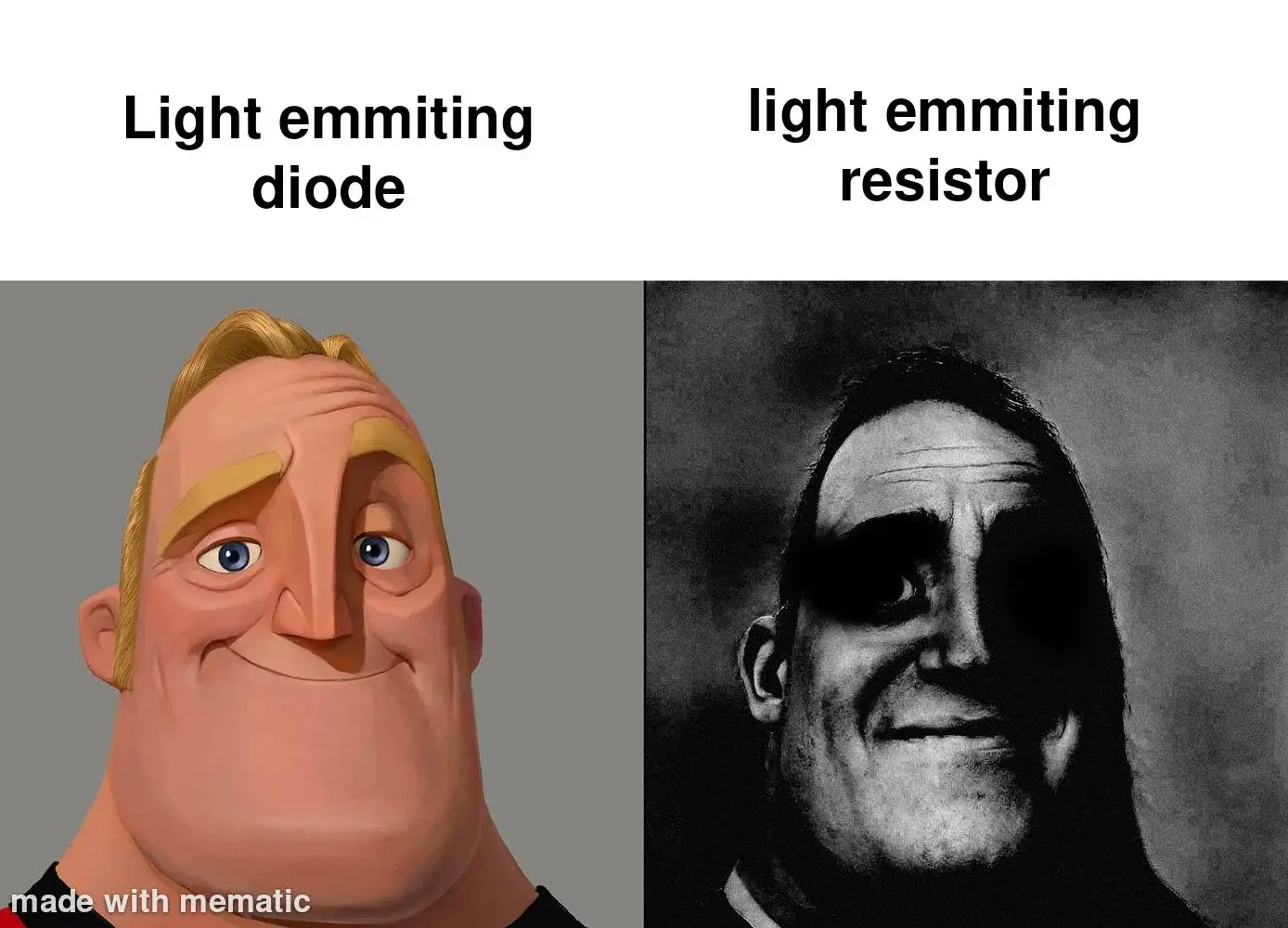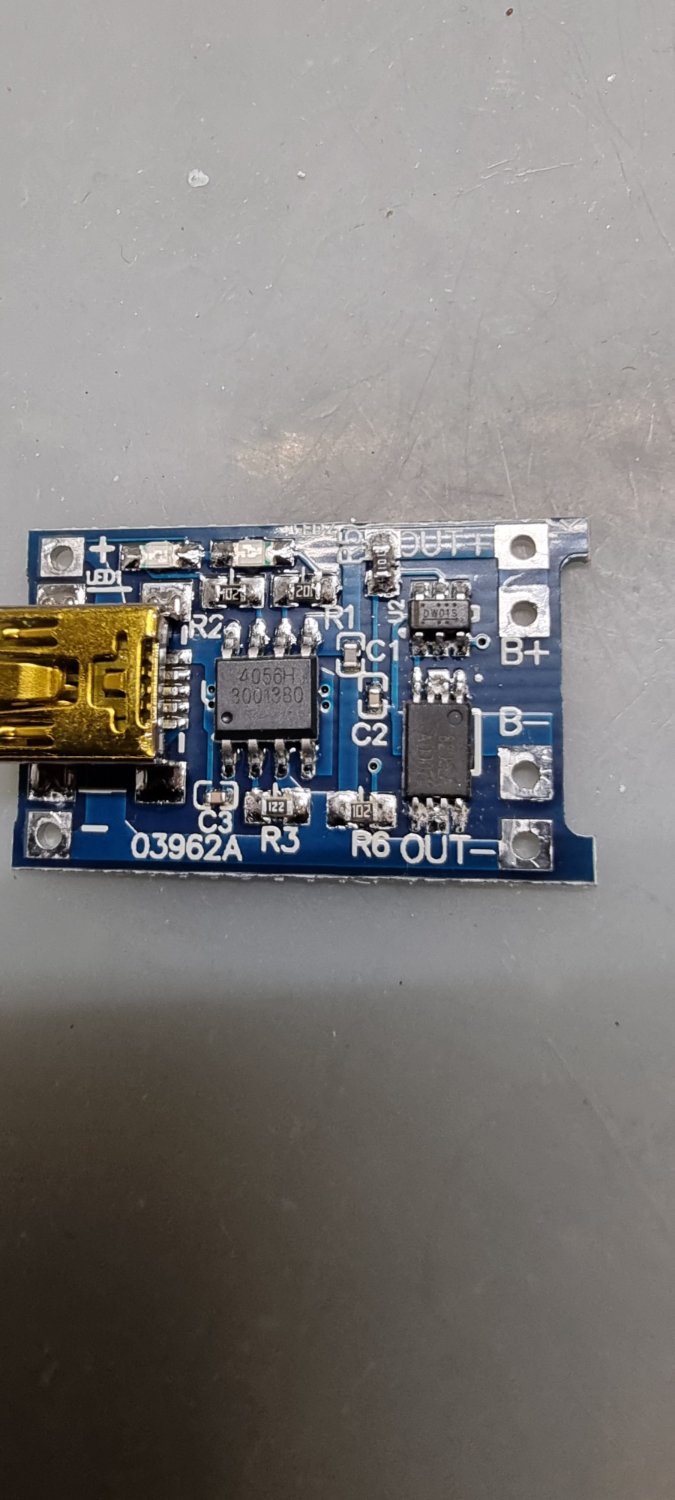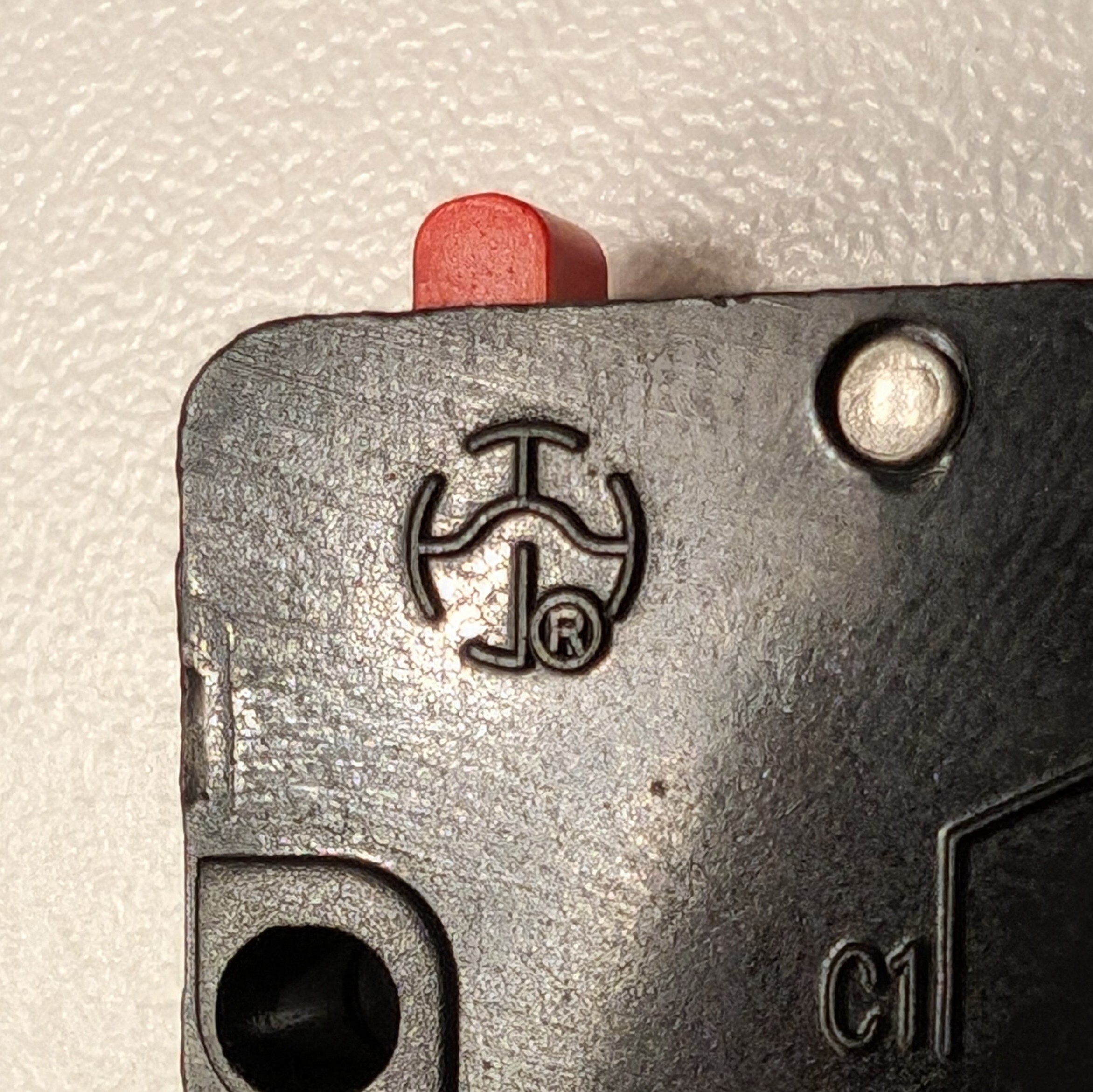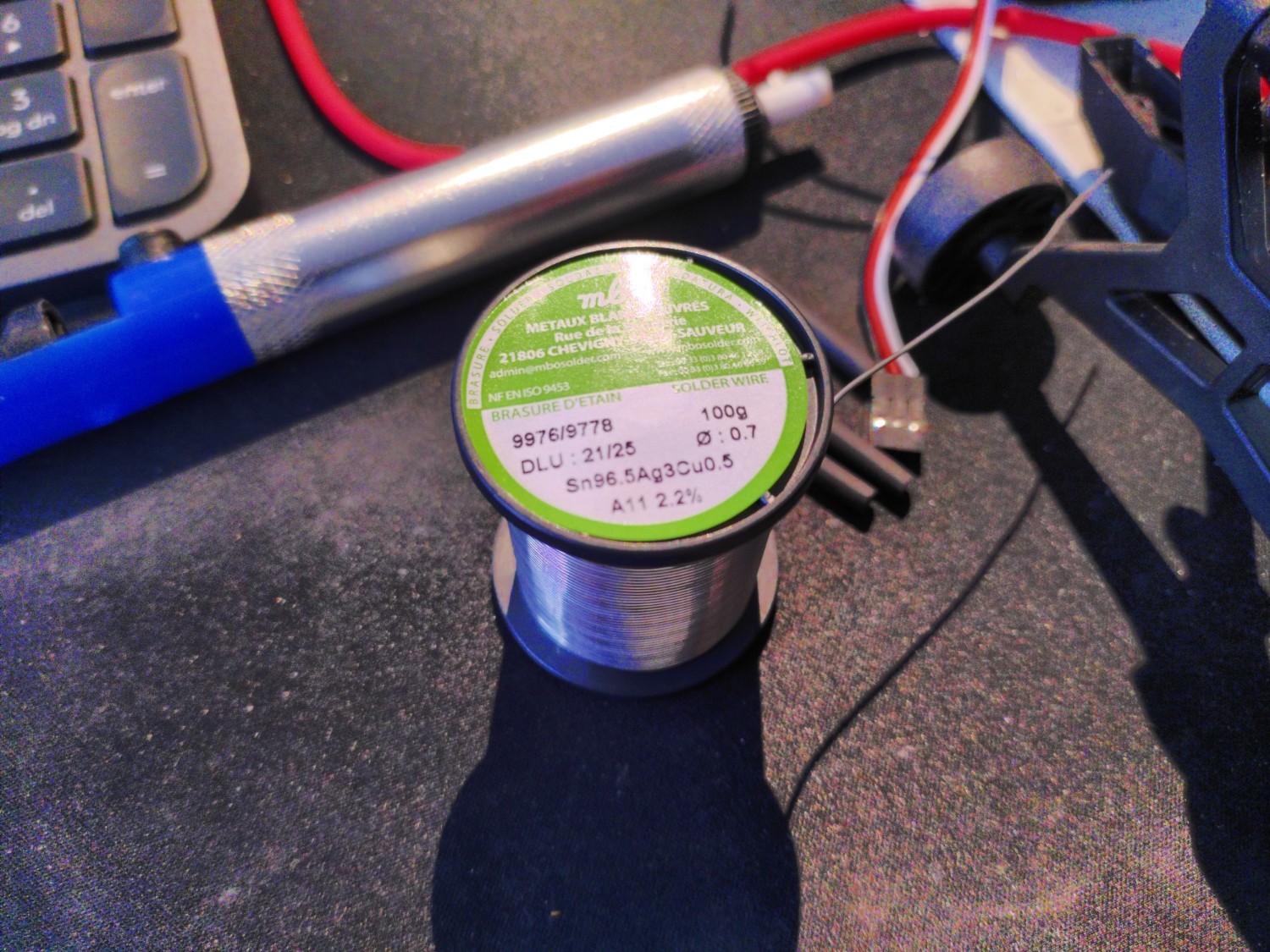Ask Electronics
3325 readers
1 users here now
For questions about component-level electronic circuits, tools and equipment.
Rules
1: Be nice.
2: Be on-topic (eg: Electronic, not electrical).
3: No commercial stuff, buying, selling or valuations.
4: Be safe.
founded 1 year ago
MODERATORS
51
52
53
54
55
56
57
58
59
60
61
62
63
64
6
What could be causing my phone (or charger) randomly heating up while charging?
(discuss.tchncs.de)
65
66
67
68
69
12
Any good beginner guides for identifying broken parts in a desktop computer ?
(discuss.tchncs.de)
70
71
72
73
74
75













